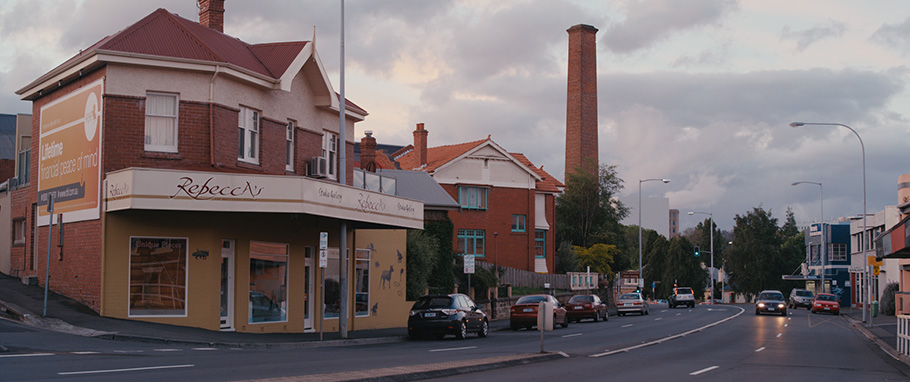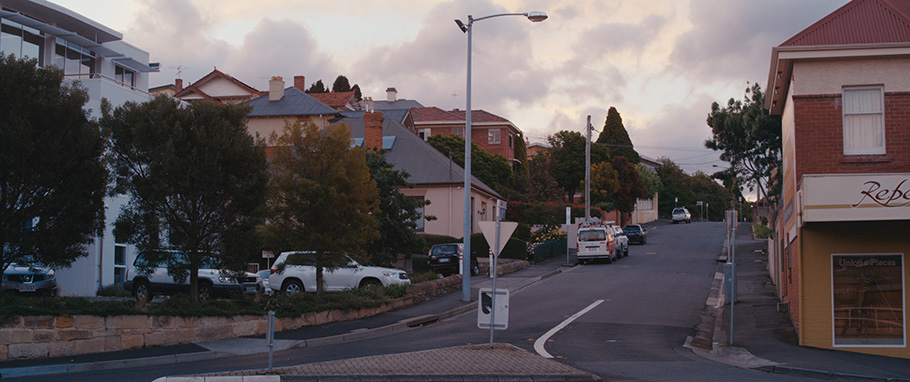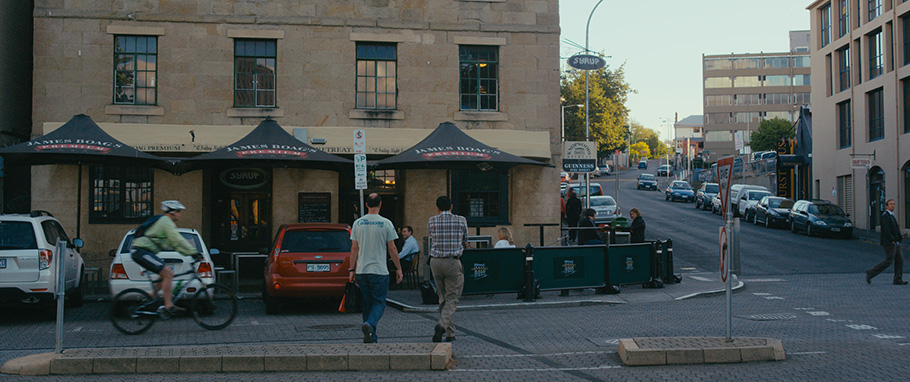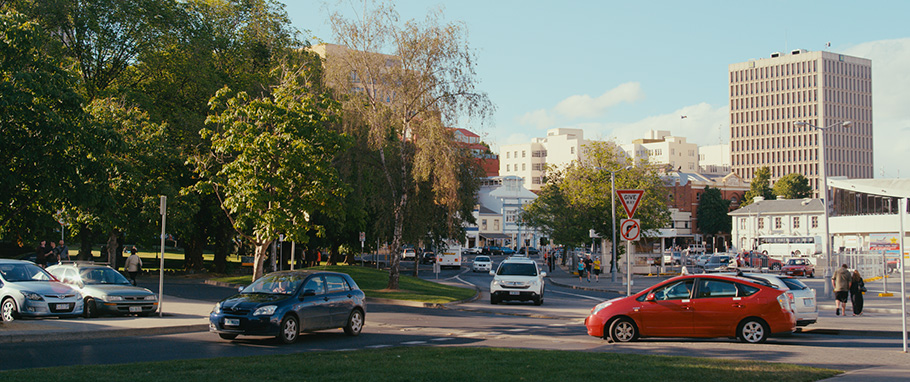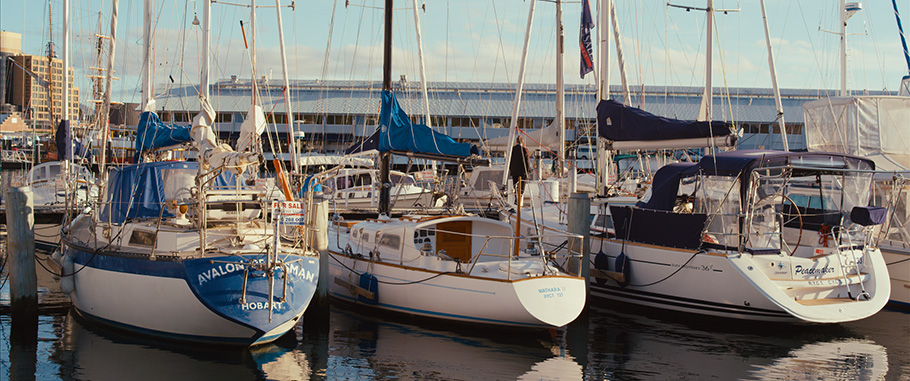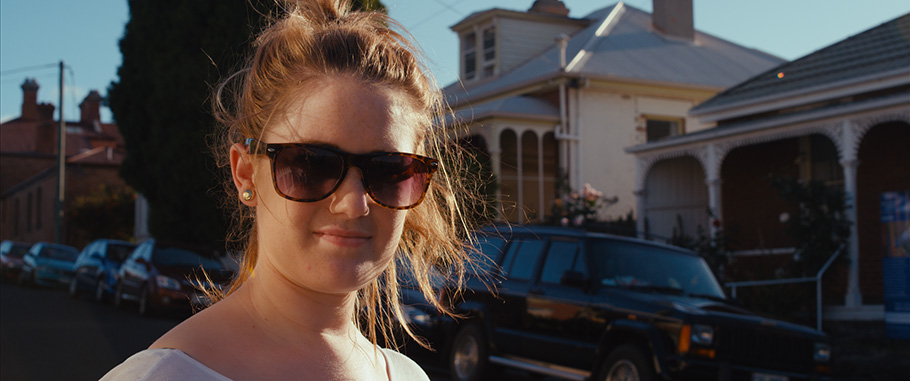Samyang / Rokinon 35mm T1.5 Lens Test
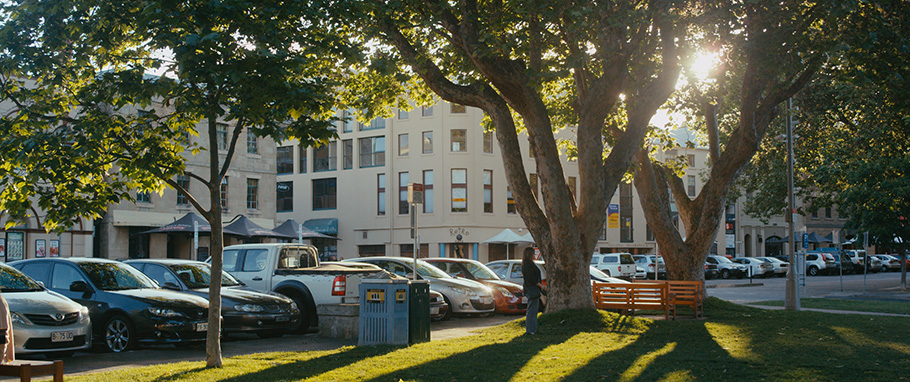 The Samyang 35mm T1.5 is here. It’s a cineivsed version of the popular, low cost, manual focus and manual aperture DSLR lens. The cine version is manufactured by Samyang in Korea but is also rebadged and sold under the Rokinon brand name. The DSLR version is also sold under the Bower and ProOptic names.
The Samyang 35mm T1.5 is here. It’s a cineivsed version of the popular, low cost, manual focus and manual aperture DSLR lens. The cine version is manufactured by Samyang in Korea but is also rebadged and sold under the Rokinon brand name. The DSLR version is also sold under the Bower and ProOptic names.
It features the same optics as the DSLR lens, but has a few modifications that make it cine friendly. It comes fitted with gears on the focus and aperture rings. It also features a de-clicked aperture that is marked in T-Stops rather than F-Stops.
Other Reviews
There are plenty of other reviews that go into detail regarding build quality, breathing etc so I’m not going to go into that. This review / test is mainly focused with how the lens performs on an Epic from an imaging point of view.
Images
The images in this post were all shot on a Red Epic at 5k. They have been lightly graded in Davinci Resolve. All the images can be enlarged and viewed at 2560x1350px - half of the Epic’s native 5120x2700px resolution at 1.9:1 aspect ratio. There’s a few that are 2560x1072px - 2.39:1 aspect ratio. Some also have full 1:1 resolution centre crops. No sharpening has been used on any of the images.
R3D Snaphots
I’ve provided links to R3D snapshots of each image for closer examination and so you can view them without any grading.
You’ll notice some have a green/blue cast, these have been shot using a Schneider Platinum IRND 1.2 or 1.5 filter. The cast can be fixed with the colour temp and tint controls.
All test images used in the comparisons are shot at ISO 800 with a 3:1 compression ratio. The non comparison images are shot at various ISOs and usually at 8:1 compression.
Testing Methodology
The Epic was set to shoot 5k, 24fps, ISO 800 at 3:1 compression. No filters of any variety were used. The T-stop was set and and then the exposure was dialed in by varying the shutter. Exposure was set by using false colour.
Due to the strong OLPF filter, the Epic is never fully sharp at 100% zoom. So the 1:1 images can only really be compared to images from other Epics, Scarlets and similar motion cameras. Compared to images from DSLRs, they're going to look quite soft.
All images are derived using a full quality debayer.
Test Scene 1 - Morrison St
This is a relatively high contrast scene that pushed the lens. The buildings in the centre are exposed just below clipping. The shadows under the trees are close to the noise floor.
Focus is set on the centre blue building.
Below are centre 1:1 crops showing the focus area. This jpg was exported at 95% compression so as to minimise compression artefacts.
At the centre, the T1.5 crop seems to look softer than other shots I've taken at the the same T-stop. Mainly cause of the bright building in the background that seems to be causing the lens to bloom. Looking at other lower contrast areas in the T1.5 1:1 image, the lens seems to fair better. But overall at T1.5 the lens is quite soft and smeary.
The softness starts to clear at around T2 and by T2.8 it's starting to look pretty good. At 1080p/2k or less the lens is quite usable at T2.
By T4 the lens is quite sharp. I'm struggling to see any difference in sharpness beyond T4.
Here are 2.5k images, pixel for pixel centre crops and R3D downloads of the scene.
T1.5 | 2560 x 1350px | 1:1 centre crop | R3D download T2 | 2560 x 1350px | 1:1 centre crop | R3D download T2.8 | 2560 x 1350px | 1:1 centre crop | R3D download T4 | 2560 x 1350px | 1:1 centre crop | R3D download T5.6 | 2560 x 1350px | 1:1 centre crop | R3D download T8 | 2560 x 1350px | 1:1 centre crop | R3D download T11 | 2560 x 1350px | 1:1 centre crop | R3D download
Test Scene 2 - Yachts
There's a lot of detail in this shot. Probably pushing Redcode 3:1 more than the lens! It does have less contrast than the previous shot.
Focus is set on the for sale sign area.
The performance at T1.5 seems to be a bit better than in Test 1. Once again the softness improves at around T2 - T2.8. No real discernable differences beyond T4.
Here are 2.5k images, pixel for pixel centre crops and R3D downloads of the scene.
T1.5 | 2560 x 1350px | 1:1 centre crop | R3D download T2 | 2560 x 1350px | 1:1 centre crop | R3D download T2.8 | 2560 x 1350px | 1:1 centre crop | R3D download T4 | 2560 x 1350px | 1:1 centre crop | R3D download T5.6 | 2560 x 1350px | 1:1 centre crop | R3D download T8 | 2560 x 1350px | 1:1 centre crop | R3D download T11 | 2560 x 1350px | 1:1 centre crop | R3D download T16 | 2560 x 1350px | 1:1 centre crop | R3D download
Test Scene 3 - Girl on street
Here is a closer shot that gives you a feel for the bokeh. Don't judge the cinematography on this - it was a quick shot and the bounce coming from the house on the camera left is quite ugly.
There's a slight flare from the sun hitting the lens. It's quite subtle and doesn't seem to be affecting the sharpness.
The focus is on the sunglasses frame, camera right. Focus is about 2 metres (6.5 feet) away from the camera.
This test showed similar performance to the previous two tests. At T1.5 the dark vignetting of the corners is probably a bit more visible than with the other two tests. As with the softness, it starts to clear at around T2.
Here are 2.5k images, pixel for pixel centre crops and R3D downloads of the scene.
T1.5 | 2560 x 1350px | 1:1 centre crop | R3D download T2 | 2560 x 1350px | 1:1 centre crop | R3D download T2.8 | 2560 x 1350px | 1:1 centre crop | R3D download T4 | 2560 x 1350px | 1:1 centre crop | R3D download T5.6 | 2560 x 1350px | 1:1 centre crop | R3D download T8 | 2560 x 1350px | 1:1 centre crop | R3D download T11 | 2560 x 1350px | 1:1 centre crop | R3D download T16 | 2560 x 1350px | 1:1 centre crop | R3D download
Conclusion
Most DSLR lenses aren't perfectly sharp at f1.4. So there are no surprise that this lens is a bit soft wide open. Still, in the right circumstances T1.5 can be quite useful. It can look perfectly ok in low contrast scenes. And it can get you out of trouble if you're willing to live with a bit of softness. At T2 the performance is good, more than usable at 1080p. At T2.8+ the lens really starts to sharpen up.
If you're on a budget, actually even if you're not on a budget this lens is a good buy. When you take a look at the price - US$549, this lens is a no brainer.

